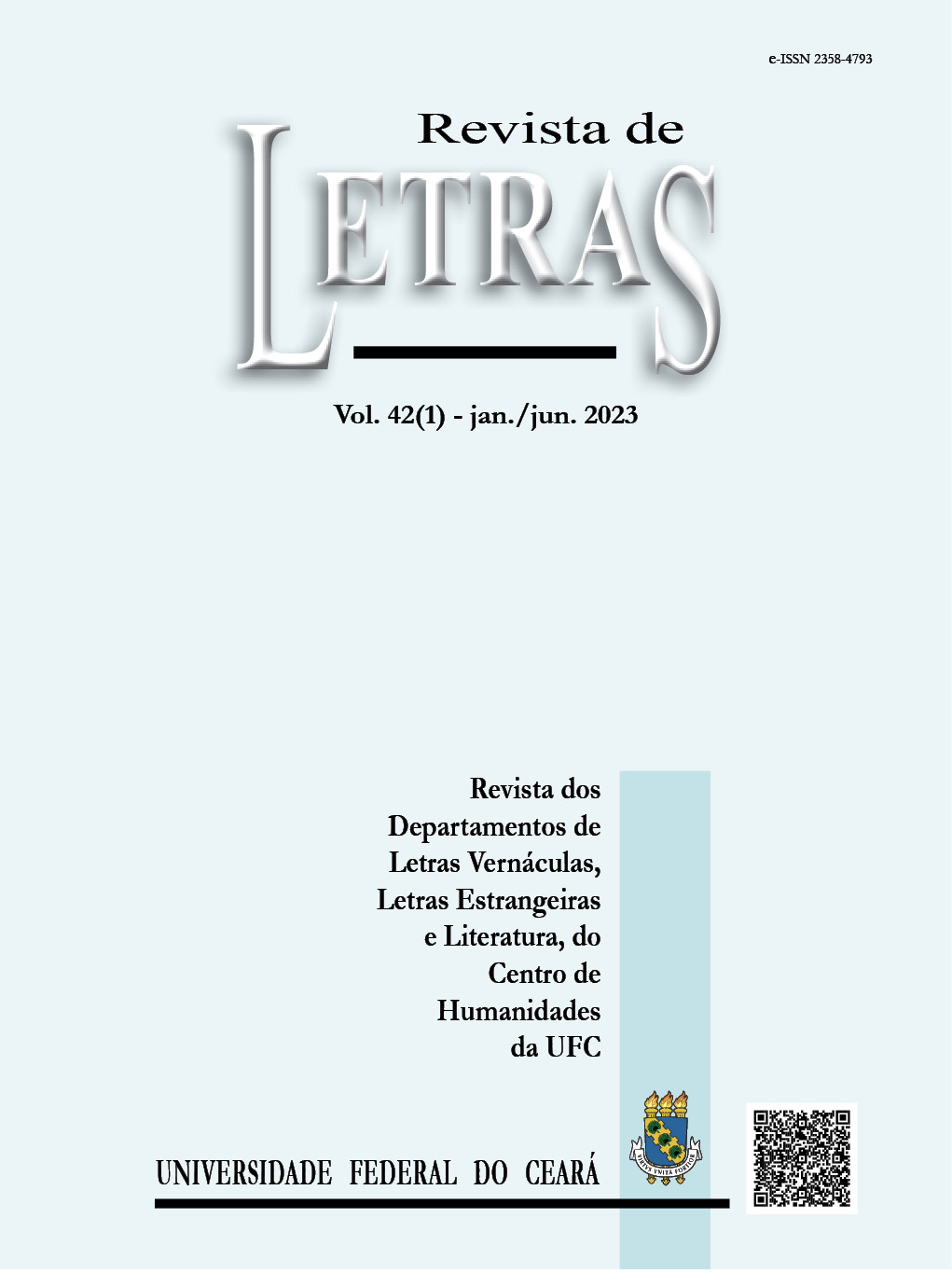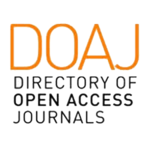MÁS TORCIDA QUE UNA ESCARPIA: TRANSLATION AND TRANSCREATION IN A POEM INTO SPANISH OF DAGMARA KRAUS
DOI:
https://doi.org/10.36517/revletras.42.1.22Abstract
This article analyses the main resources and strategies involved in the translation of “kummerang", a poem written by the German poet Dagmara Kraus (Poland, 1981) and translated into Spanish by the Micaela van Muylem for the bilingualtranslation anthology (FRANK, 1998) El fin de la afirmación (Buenos Aires, 2015). Among the most remarkable traits in Kraus' poetry are the resources and strategies addressing the materiality of the signifier in language, as well as the ludic management of its semantic and phonic content, mainly through building a paronomastic montage and inventing acronysms and neologisms. Given her poetry singularity, I am interested in analyzing how the translation resolves the tension among lexic invention, semantic content and sonority in the target language. In order to do so, I use Haroldo de Campos' theoretical framework on transcreation and focus on those translation decisions regarding lexis and sound which, from my perspective, claim for an experimental search based on resources and composition oportunities offered by the Spanish language, i.e. a paramorfic recreation (CAMPOS, 2013).
Downloads
Downloads
Published
How to Cite
Issue
Section
License
Copyright (c) 2023 Revista de letras

This work is licensed under a Creative Commons Attribution 4.0 International License.
Autores que publicam nesta revista concordam com os seguintes termos:- Autores mantêm os direitos autorais e concedem à revista o direito de primeira publicação, com o trabalho simultaneamente licenciado sob a Licença Creative Commons Attribution que permite o compartilhamento do trabalho com reconhecimento da autoria e publicação inicial nesta revista.
- Autores têm autorização para assumir contratos adicionais separadamente, para distribuição não-exclusiva da versão do trabalho publicada nesta revista (ex.: publicar em repositório institucional ou como capítulo de livro), com reconhecimento de autoria e publicação inicial nesta revista.
- Autores têm permissão e são estimulados a publicar e distribuir seu trabalho online (ex.: em repositórios institucionais ou na sua página pessoal) a qualquer ponto antes ou durante o processo editorial, já que isso pode gerar alterações produtivas, bem como aumentar o impacto e a citação do trabalho publicado (Veja O Efeito do Acesso Livre).

.png)






.png)
